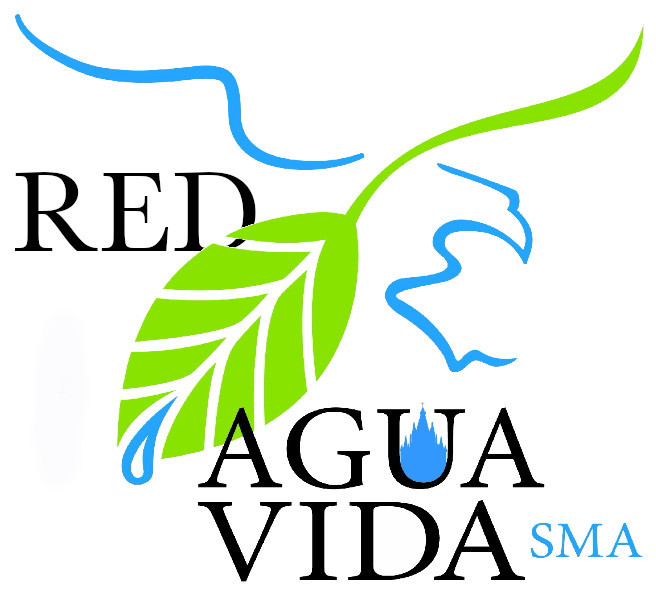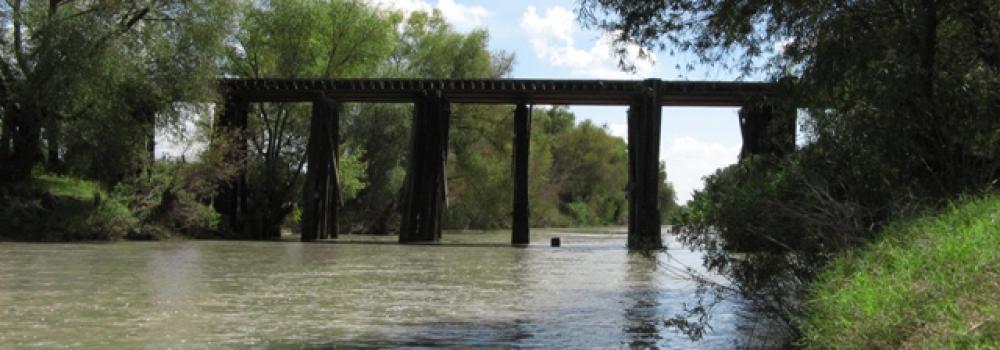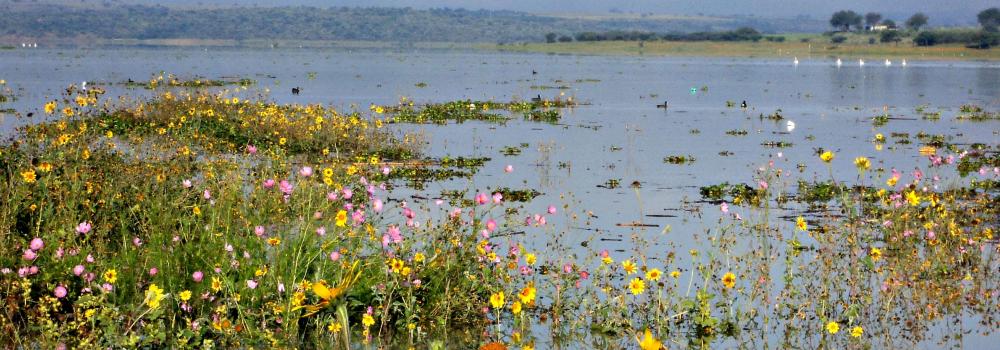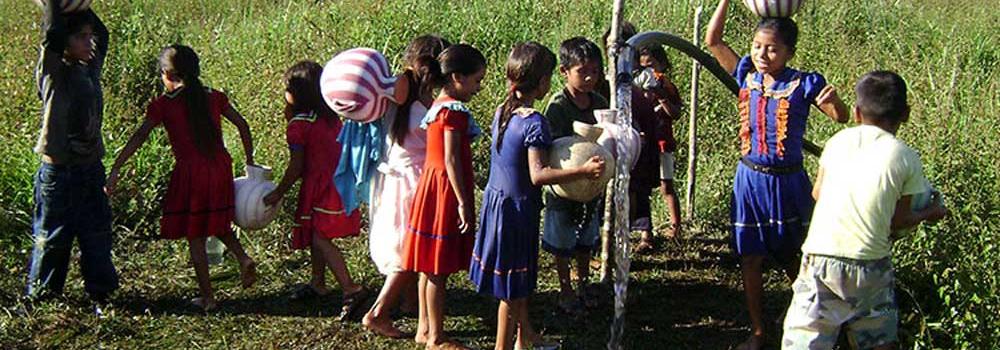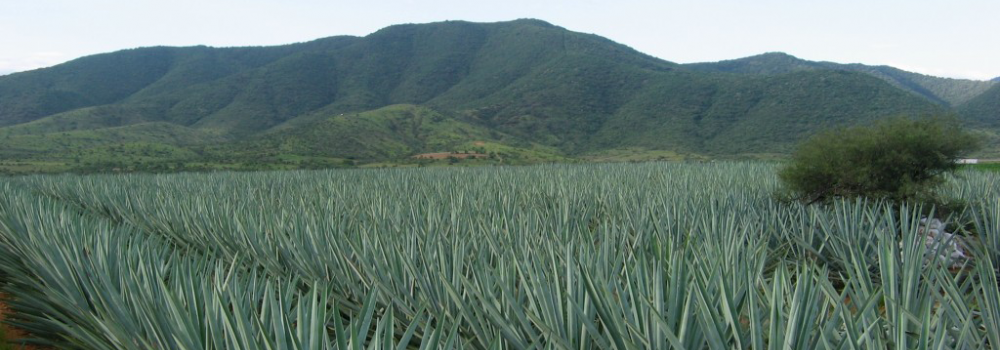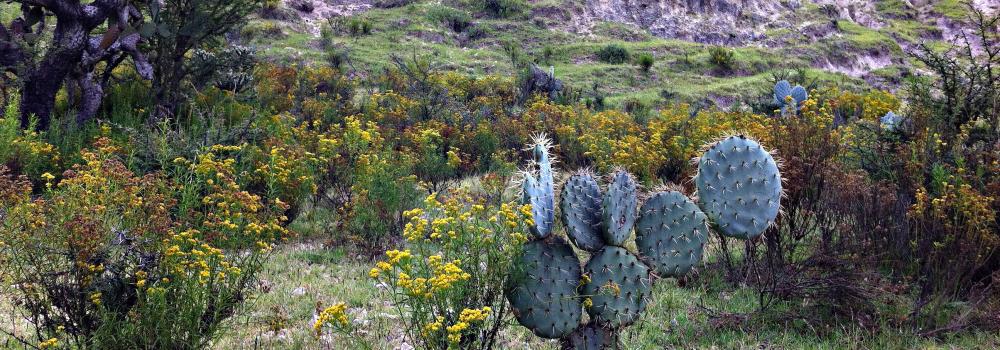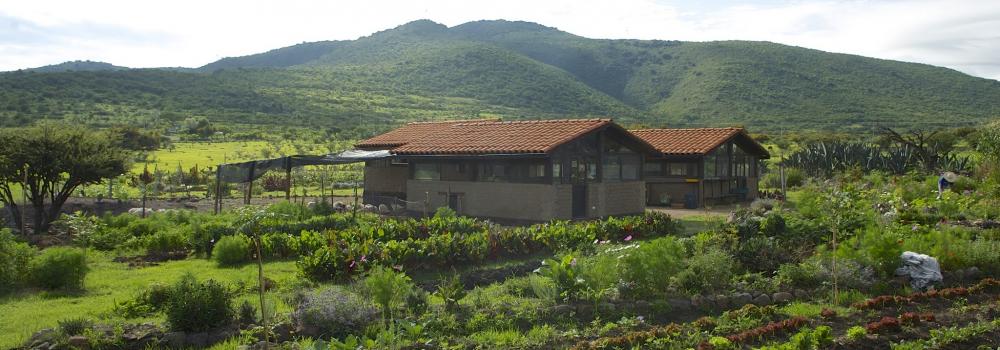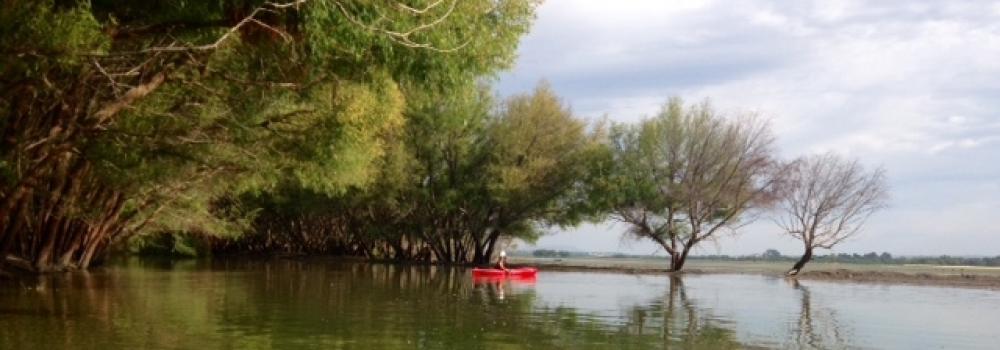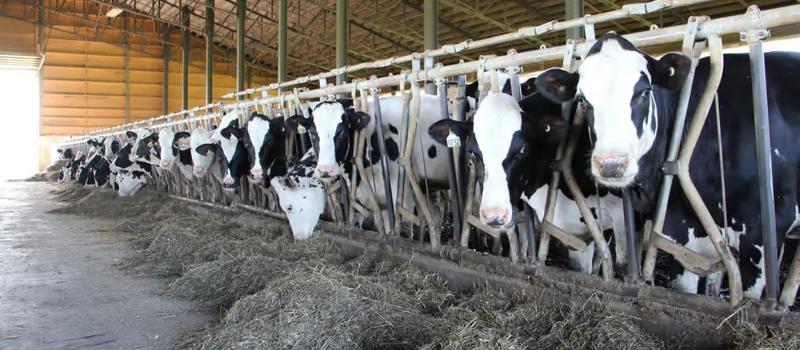
Research: Alexis Fernando Guerrero Sánchez-Environmental Sustainability Student at the Universidad Iberoamericana <
To talk about water and meat, it is necessary to address two concepts; virtual water and the water footprint.
Virtual water (VA) is all the water needed to produce and package the goods and services we consume. It is said to be virtual because it is not present as such, in the final products. And for its part, the water footprint (WF) is a concept that evaluates all the water we use in our daily lives; it is an indicator of the total water we use due to our consumption habits. It considers the water required to produce, package and transport what we consume and clean what was contaminated in the process. The way in which a product is manufactured, where, at what time, and if the water was used efficiently, are factors that impact the calculation of its water footprint.[1]
This is how both concepts are closely linked, however, the water footprint is much broader, because its definition includes virtual water and other multidimensional factors such as place of origin, the source of the water, and how it is returned to the ecosystem. To learn more about this topic, visit our section on the portal on this subject.
Understanding this, we can then ask ourselves: How is meat related to water use? According to information from the Food and Agriculture Organization of the United Nations (FAO), they indicate that beef requires 15,000 liters of water to produce just one kilogram of meat, lamb meat uses 8,763 liters per kilogram, pork 5,988 liters per kilo, and chicken requires 4,325 liters per kilo[2].
And it is not that these animals consume this amount of water in pure liquid. Most of the water used is to produce the animals' food. For example, on a pig farm 98% of the water is used for crops, while water for drinking represents a minuscule percentage[4]. Foods that are part of the cattle diet such as alfalfa and corn need between 500 and 600 liters of water to produce one kilogram, a figure that can rise to 700 liters in arid regions where they depend on irrigation systems 3.
To make it clearer, another example of AV is that of cattle, of which 15,000 liters of water to produce one kilo of meat can be broken down as follows [2]:
- A single 200-kilo cow needs to grow for 2 to 3 years before being slaughtered.
- On a daily basis, cows need 10 to 15 kilos of fodder to feed themselves, which requires 3,000 to 5,000 liters of water.
- In addition to 40 to 80 liters of water directly for drinking, quantities that must be satisfied in a period of 730 to 1,095 days of its life.
- A single specimen needs 3,100,000 liters of water, which divided by its weight gives us 15,500 liters per kilo of meat.
Unfortunately, the water problem does not end here, as it is not only a challenge due to the large quantities of water used, but also due to the contamination caused by animal waste and farm residues, full of antibiotics, hormones, fertilizers, chemicals to dye skin and pesticides [2]. Ideally, these are treated within the same farms and even used in a circular manner to fertilize crops, but due to the large volumes of livestock, their management capacity is exceeded and they end up in the ecosystems.
Aquatic ecosystems are the most affected, since when the excess of harmful substances and especially nutrients, mainly nitrate and phosphorus, arrive, the enrichment is so much that it ends up killing the area, a process known as eutrophication[5]. In addition, the demand for meat worldwide implies greater areas of cultivation and management for livestock, which leads to serious deforestation. It is estimated that by 2050 the world population will rise to 9 billion people[2] and the demand for meat will be 50% greater than today. This not only directly contributes to 60% of greenhouse gas emissions from agriculture that cause climate change[6], it also compromises water security by considerably reducing the areas for collecting rainwater and recharging the different bodies of water.
Is meat the problem?
In 2021, Mexico ranked as the fifth country with the highest meat consumption, with 73.2 kilos per person per year, with the meat industry representing 2% of the national GDP in total[7]. However, the predominant livestock model is that of macro-farms, used by large companies and based on feeding and using animals in an accelerated manner and at all costs to maximize profits. In these industrial facilities, a large number of livestock are concentrated in extremely small spaces, exacerbating the high demand for water and the low capacity to manage excrement[9].
Unsustainable livestock farming is one of the main causes of biodiversity loss and land degradation.
There are those who advocate alternative strategies to extensive livestock farming, and choose to promote more traditional production, where fewer animals can go out to graze in large areas. Although it does not solve the problem of water consumption per capita, it can significantly help to reduce the pollution of aquatic ecosystems.[5]
The root solution to the problem is a significant reduction in meat consumption, complemented by a diet rich in plants and vegetables. Curbing the irrational consumption of drinking water in our diet is largely the responsibility of consumers. And not to mention the ethical implications of consuming other living beings.
What can you do as an individual?[9]
The World Health Organization (WHO) recommends consuming a maximum of 500g of red meat per week, while other studies indicate that reducing consumption of beef and lamb to 170g and 5 eggs per week at most are ideal figures to achieve the Sustainable Development Goals[10]. However, following these limitations can be difficult and change can be gradual. Therefore, here are some recommendations to reduce meat consumption:
- Reduce meat portions: Instead of eliminating it completely, start by reducing the portions in your daily meals.
- Plan the menu: Having a weekly plan will help you organize balanced meals without meat. By preparing in advance, you can experiment with vegetarian or vegan dishes without improvising.
- Get informed: Understanding how meat production affects the environment will motivate you to make changes.
- Increase the consumption of legumes and nuts: These foods are rich in protein, fiber and healthy fats, making them excellent substitutes for meat.
- Try new recipes: There is a wide catalog of meat-free recipes that are just as delicious and nutritious as a conventional dish.
- Explore other sources of vegetable protein: Foods like beans, lentils, and chickpeas are rich in protein and versatile for many recipes.
- Make gradual changes: It is not necessary to eliminate meat immediately. Start with one meatless day a week or progressive substitutions so it does not feel like a punishment.
- Support sustainable initiatives: Get involved in movements or communities that promote conscious eating. Sharing experiences and recipes with other people can be a great source of motivation.
- Enjoy the process: Reducing meat consumption should not be a difficult task, but rather an opportunity to explore new flavors and improve your well-being and that of the planet.
References:
[1] Agua.org.mx (n.d.) Sustainability.
[2] Parra, PG. (2019). How much water does the meat industry pollute? Eat with science.
[3] Healy, E. and Von Ziegler, A. (2024). The high water cost of meat: a deep look at the life cycle in its environmental management. Universidad Iberoamericana.
[4] Mexican Institute of Water Technology (2023). Water sustainability and the pork industry. Government of Mexico.
[5] Crespo, C. (2021). The luxury of meat: this is the environmental impact of livestock farming in Spain. National Geographic.
[6] National Geographic Spain. (2024,). The 4 facts that show the impact of eating meat on the environment. National Geographic.
[7] Granados, A. (2023). Mexicans who are more carnivorous than vegan, consume 73 kg of meat per year. Publimetro.
[8] Miranda, D. (2022). What is a macro farm and how does it impact the environment? National Geographic.
[9] Naturlii (2021). 10 tips to reduce meat consumption.
[10] Universidad Veracruzana (n.d.). The serious environmental consequences of meat consumption.
